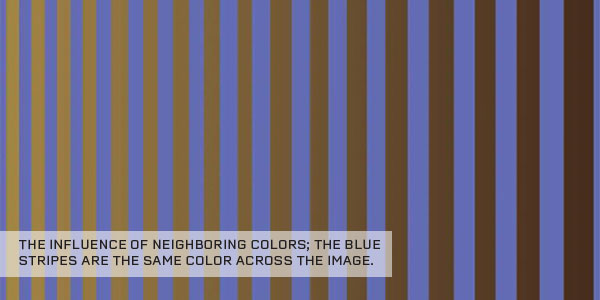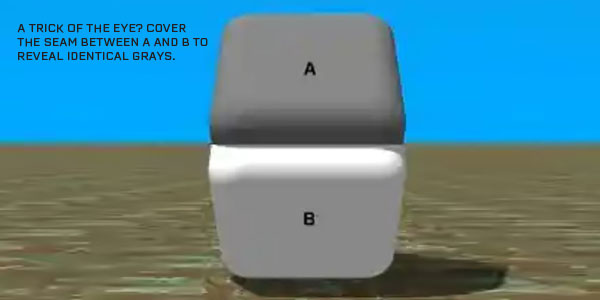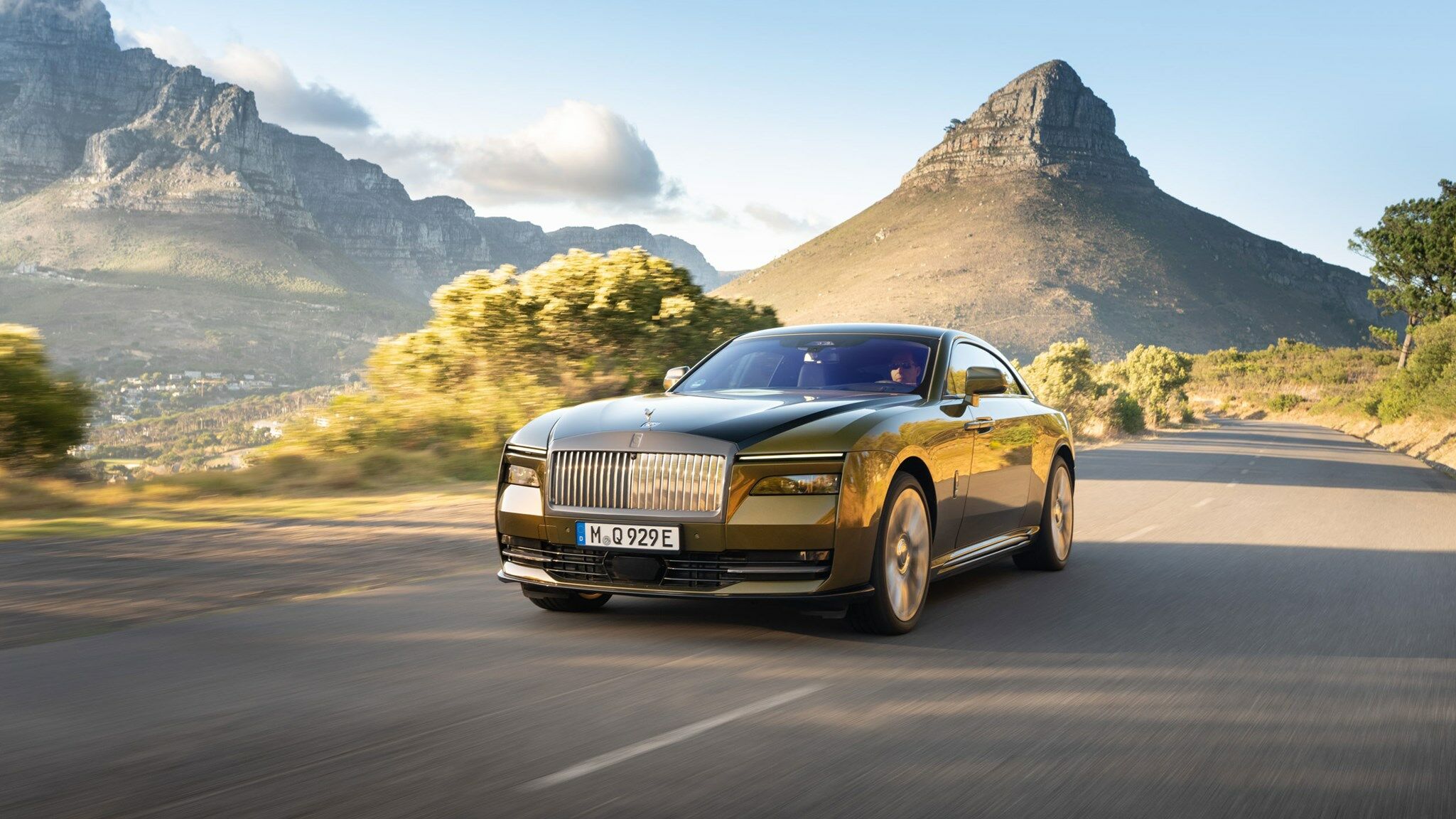Check with most painters if colours are turning out to be more difficult, and they’ll answer: certainly. Colours are more challenging to match. Ask the very same issue 20 many years in the past, and you’d however get the exact answer. You’d most likely get the exact same reply if you asked it 40 many years back. Is this a situation of “present-ism,” or the perception that the latest technology of painters are dealing with issues and concerns that were being heretofore unidentified? Perhaps.
On a Mission
It does seem that the OEMs look to be on a mission to give us the most exclusive and challenging colours in the record of car or truck portray. Is this because of to regulatory requirements this kind of as removing lead from paint decades in the past? Leaded paint included unbelievably nicely — can you even conceive of yellow masking in a one coat? Or have these hard hues resulted from a process and value efficiency standpoint from single-phase paint to two-phase paint? Solitary-phase paint essential much more shade to obtain the film make necessary for security and longevity. Two-stage BC/CC techniques allowed fewer coloration and utilized the clearcoat for the expected movie create and safety — with the sturdiness coming from the topcoat. Has this permitted for additional adventurous coloration experimentation in the basecoat? Perhaps. It is particular that the BC/CC technique has allowed for significantly less shade (commonly the most pricey component of the film make) to be used in excess of the factory undercoat — to the level of transparency, in some circumstances. Try and match that!
Did BC/CC pave the way for three-phase factory paint? 4-phase paint? Will we see 5-phase paint work develop into a typical presenting? We’ve lately been challenged with matte finish paint from the OEMs, and it’s essential to take note that matte finishes are not universal in their degree of gloss (or lack of it), neither from different brands nor in just the exact OEM’s products. It is a relocating target.
The existing OEM offerings do appear to be to be more difficult. But have not the paint makers held speed with their colour-matching resources? Shade cameras, electronic shade libraries and cloud-centered details with serious-time updates have all contributed to the resources available, but what about the factors that have not modified?
Let us consider some of the worries to shade we’ve normally dealt with.
Atmospheric Troubles
UV degradation has always been a pressure to contend with, even when we just named it sunshine-fade. And not all painters deal with it to the same degree Pacific Northwest painters with 130 times of sunshine do not have the identical UV-established difficulties as Hawaiian painters who working experience 270 days of sunshine.
A different variable of the shade mismatch is because of to differing prices of solvent evaporation when implementing color. The exact same can of paint, used on various times with differing humidity and temperature by the exact same painter, can dry at a unique fee and search distinctive. It’s not a little something we see with sound colours, but we do see this with metallics. This is because the for a longer time the paint film is soaked, the extra chance the metallic flakes have to settle more down in the film, which impacts the light-weight refraction and consequently the lightness or darkness of the dried color.
High Noon
We can not fall short to accept the differing noticeable mild spectrum from early morning to noon to night. This has to do with the spectrum density from the sun. Assume of a flashlight the nearer to the lens, the tighter the beam of mild — we’re closest to the sun at higher noon. This translates to a tighter, denser spectrum than either early morning or evening, and this influences the seen mild refractions and consequently how we see color.
But does not the shade of the vehicle “change” consistently with the differing spectrums? If you are fortunate, but not always. Think of metamerism, or differing spectrums rendering diverse shades. Include into that phenomenon the truth that OEMs make the most of distinct constituent elements in their shade formulas than the repair service/refinish industry, and there is a improved than probably possibility that metamerism will have an impact on the consequence and therefore how the colour matches.
Colour to Coloration
The colour theory we use in automotive portray is additive with most important shades staying pink, blue, yellow — as opposed to subtractive (shade printer ink) — and just about every colour will have an influencing hue as we vacation all around the coloration wheel. There are blues with a green hue and blues with a crimson hue. As a consequence, blue is not blue — at the very least not absolutely. The only neutral hues would be black, white and silver — if they were pure, which they never ever are. So, in principle, we may state that those three “colors” are not certain by the shade wheel but, in reality, all a few of them will have a coloration-wheel impact. You need to discover the influencing hue of, say, white, and then you may well return to the colour wheel for the suitable procedures of tinting (i.e. likely to neighboring hues to shift notion as opposed to across the wheel).
What’s more, the perception of color will also be affected by neighboring colors and objects, as effectively as our viewing angle.
Is Colour Subjective?
Color is indeed subjective, or possibly a lot more precisely, our perception of shade is subjective. Do you recall the blue dress/gold gown phenomenon from all around 2015? My wife pulled up the impression and swore it was a gold and white gown I was wanting at a black and blue costume. How can that be? Was it as simple as, “Men are from Mars, gals are from Venus”? Not just.
The way we see colour is determined by how our mind interprets the signals from the photoreceptor cells, rods and cones in our eyes. The coloration cells are the cones, of which most individuals have a few styles, just about every developed to pick up distinct facets or wavelengths of gentle: pink, blue and green. Our mind then blends the signals it receives from our eyes, and we “see” coloration.
Naturally, we’re all unique, and some of us see shade greater than others. Gender can play a part as well reports point out that ladies have a a lot more acute colour-eye than adult men as well as a bigger “color vocabulary.” In addition, we all put up with from age-similar deterioration of the rods and cones, which even more affects our capability to perceive colour.
Alright, so colour is subjective which is just a single more hurdle the painter should get above. What can we do about it? We’re likely to do what every single key paint company recommends, no matter of the difficulty of the coloration. First, we’re likely to blend a tiny sum and make a spray-out panel. And we’ll do this all over again if vital, with yet another variant or digital camera shot, until finally we have a blendable match. Second, we’re likely to blend the color in get to produce the illusion of a match. And with any luck ,, we’ll be grateful for the alterations to the marketplace that have authorized a “blend” to be as straightforward as it is. Check out to mix a single-phase metallic colour — some thing today’s painter will very likely under no circumstances come across. So significantly for existing-ism.




